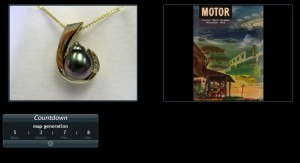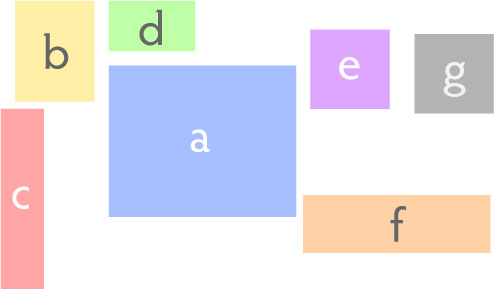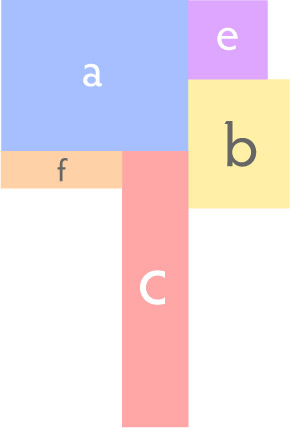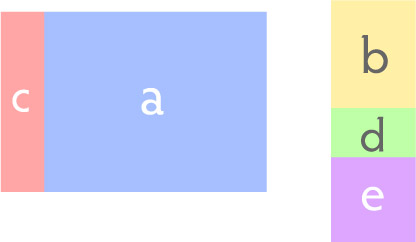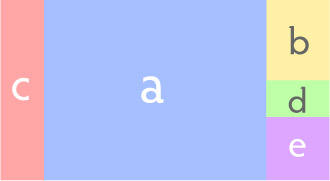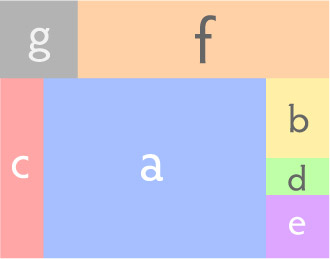I’ve recently started reading two new blogs: indie game news, and official Windows 8 design stuff.
It updates rather infrequently, but in many ways, I find the Windows 8 blog more interesting than the games one. More to the point, I find UI design & programming more interesting than game design & programming.
I suppose this says a lot about me, even though it’s already been said: I’d rather work on apps than games. Not that I find game design unworthy of my time in an absolute sense; it’s just a sort of consolation prize in some respects.
Still, I’ve managed to get Tinselfly back at a reasonable trickle, and have even been working on my board game a bit.
With the way work-work has been going, I’m clearly not going to have something ready to submit to this year’s Independent Games Festival. (I’m not at all stressy about that, but that’s another post.)
However, I’ve recently discovered Windows Gadgets, those little things like clocks and news feeds that sit on your desktop.
I don’t generally use my desktop. I get grumpy if there are more than a couple files on it at any given time (which, for the record, there are now).
Also, I don’t generally use the two monitors I’ve got. When I do, it’s great, but generally, I just use the nice big external one. So I put a few gadgets on my usually-empty laptop monitor in the hopes that they’ll help with my productivity somewhat.
The first thing I did was add a couple of image slide shows. The Pictures folder on my computer consists mostly of random things I’ve grabbed off the web; anything I find interesting, I save locally. But I hardly ever open my Pictures folder to look at this stuff. So now a couple random selections of mine are always visible, and it’s interesting to look at the combinations of things that come up and think about how they might fit together. Good for brainstorming design ideas.
The second thing I added was a simple countdown tool. I was posting countdowns to the Festival on this blog here, and while that was cool and motivating as long as I was looking at my own blog, I kinda forgot about it easily. So I’ve got something right on my own desktop now.
Furthermore, I’ve decided to use it in a more granular way than I was using the Festival countdown; here you can see I’ve given myself five days to get random-map generation working for Tinselfly. I like deadlines. I’m much more productive with a deadline.
I’ll probably also add more countdowns — you can do that — for more long term goals like a playable adventure mode and a release candidate date too.
So.
With any luck, I’ll be posting a new Tinselfly build sometime in the next five days. 🙂
